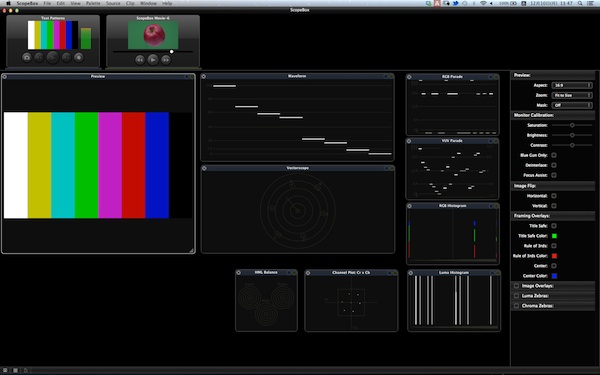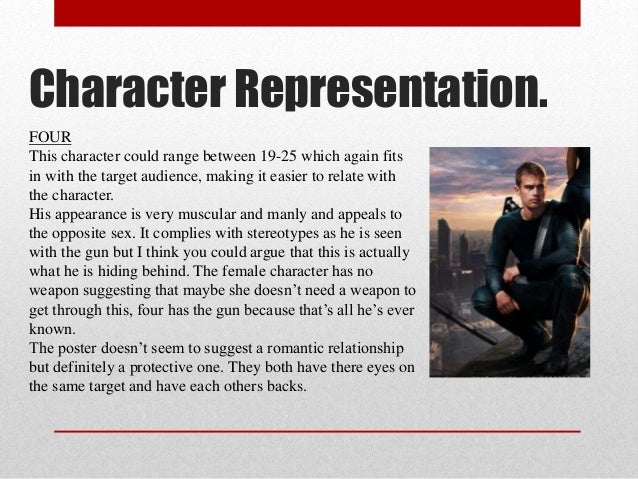

- EDITREADY DIVERGENT MEDIA PREFERENCES FULL
- EDITREADY DIVERGENT MEDIA PREFERENCES PRO
- EDITREADY DIVERGENT MEDIA PREFERENCES SOFTWARE
EditReady is not, and will never be, available for Windows because Divergent Media is a Mac software company by definition. With that said, I do 99% of my transcoding, editing, and post production work on a powerful Windows workstation. After all, it did breathe new life into my 4-year-old Macbook Pro. Honestly, there's not much that I don't like about EditReady, all things considered. Beyond that, you can enter custom text both before and after those commands in order to create a fully customized naming system for your media. However, you can also set it to automatically change the file names with the "Auto-Increment" or "Creation Date" commands. By default, EditReady will leave your file names exactly as they are by using the "Source File Name" attribute. Last but not least is how EditReady makes it incredibly simple to create custom file-naming schemes for your exported media. Although I didn't get a chance to play around with this feature because I don't have any LUT files on my machine, this feature would be fantastic for delivering properly colored images to editorial when the source content is shot with a logarithmic profile of some kind. A-Cam, B-Cam, Crash-Cam, etc.).Īnother fantastic feature of EditReady is that is supports the application of LUTs directly in the export dialogue. This feature is especially helpful for labeling which cameras individual clips came from (i.e. While we're on the subject of metadata, there's one other thing that EditReady excels at, and that's adding new metadata fields to every clip you've brought into the current batch.

In that window, you can see and edit all of the metadata that already exists with the clip, and if you want, you can also add custom fields like camera angle, shot size, take number, or tons of other presets. If you want to view or edit the metadata of a clip, you can simply select the clip, go to the "Clip" menu, and select "Edit Metadata." Alternately, you can hit Command+2 to bring up the metadata screen.

First of all, for how simple the program is, EditReady handles metadata extremely well, and offers enough flexibility to do just about anything that you might want to do with metadata from Quicktime files. Other than the speed and ease of use of EditReady, there are a few other things that set the program apart. The same cannot be said of Media Encoder, which seemingly turns the computer into a giant paperweight while the program is encoding. With that said, I felt like I could multitask with other programs while EditReady was encoding. Of course, that's just subjective observation as I wasn't measuring CPU or RAM usage during the encoding. Other than EditReady being faster than Media Encoder (and way more intuitive to use), it seemed to strain my computer less during the encoding process than did Media Encoder. However, I ran the clip through this test twice to make sure that the results were accurate, and sure enough, they were exactly the same the second time around. Obviously, this is an incredibly simple test, and it has its limitations in terms of really putting the performance of both softwares to the test.
EDITREADY DIVERGENT MEDIA PREFERENCES FULL
The original clip was full HD, and the original file size was 274MB. I used a single 57 second h.264 clip shot on my Canon 60D to conduct my test. However, once I started using EditReady (and comparing it to Adobe Media Encoder, which is what I normally use for all of my encoding), what I found was pretty impressive. Unfortunately, EditReady is a Mac-only app, so in order to test its speed and overall performance, I had to use the Macbook.Ĭoming into the conversion process, I had been expecting all of my tests to be painfully slow because, frankly, the Macbook is on its last leg. Suffice it to say, I would NEVER choose to do transcoding work on the Macbook unless it was absolutely necessary. Back in the day, the Macbook was no slouch in terms of performance, but time has not been kind to it, and the performance these days is pretty underwhelming.
EDITREADY DIVERGENT MEDIA PREFERENCES PRO
I own two computers, a mid 2010 Macbook Pro with a dual core 2.66GHz i7 processor and 8GB of RAM, and a custom-built editing PC that is insanely beefy in terms of specs and raw power. But, before we do, a primer on the computer that I used to test the software.


 0 kommentar(er)
0 kommentar(er)
